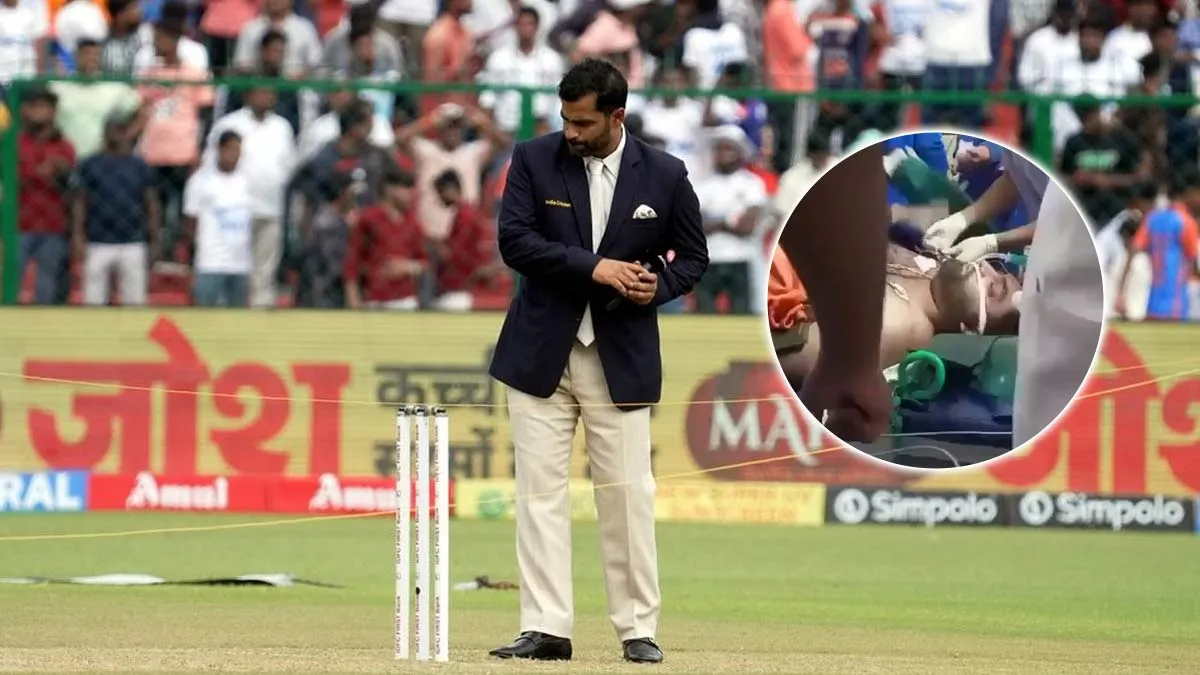
During an important match, Bangladeshi cricket star Tamim Iqbal suffered a heart attack which caused a global shock to fans around the world. Hospital staff rushed the 34-year-old batsman to an emergency room for an angioplasty after his heart attack which proved to be life-saving. The fans experienced a shock when Tamim Iqbal suffered a heart attack despite his young age, showing that cardiovascular disease presents a silent threat to athletes as well as younger adults.
Table of Content:-
Medical experts define the surgical procedure of angioplasty while discussing its functioning process. An expert explains the medical process of angioplasty as well as how it restores heart blood flow through an interview with our leading cardiologist.
What Happened to Tamim Iqbal?
Tamim Iqbal Angioplasty is done, he is out of Danger now, earlier he suffered a heart attack during a cricket match pic.twitter.com/1tb2v5T1W2
— ٰImran Siddique (@imransiddique89) March 24, 2025
During a routine match, Tamim collapsed on the field, clutching his chest. Teammates and medical staff immediately recognised the signs of a heart attack. He was swiftly transported to a cardiac facility, where doctors discovered a blocked coronary artery. To restore blood flow, they performed an angioplasty with stent placement, a common yet critical intervention for heart attack patients.
ALSO READ: Athiya Shetty and KL Rahul Welcome Baby Girl: 5 Must-Know Health Tips for New Parents
What is Angioplasty Explained?

Dr Bimal Chhajer, Former Consultant, AIIMS and Director, SAAOL Heart Centre, New Delhi, explains: “Angioplasty is a minimally invasive procedure used to widen narrowed or blocked arteries, usually those supplying blood to the heart. A balloon-tipped catheter is guided to the blockage, inflated to compress the plaque, and restore circulation.”
How It Works:
- Healthcare providers use a narrow tubular instrument as an entry point at the wrist and groin.
- X-ray imaging in real-time helps the doctors guide this tool through the blocked artery.
- Inflation of the balloon makes plaque smoother as it presses against the arterial walls.
- Mesh tubes or stents are often inserted to function as maintenance for the open artery.
- Dr Chhajer states that this treatment stands as the definitive method for healing heart attack patients.
Why Stents Matter: Preventing Future Blockages
A successful angioplasty procedure depends heavily on the use of stents. Below are a few types of stents.
- Bare-Metal Stents: Simple mesh tubes.
- Drug-Eluting Stents: Coated with medication to prevent scar tissue growth.
- Bioresorbable Stents: Dissolve over time, leaving a natural artery.
Why Are Younger Adults Like Tamim at Risk?
-1742886176007.jpg)
Tamim’s case underscores a worrying trend: heart attacks in adults under 40 have risen by 25% in the last decade. Contributing factors include:
- Sedentary lifestyles despite athletic careers.
- Stress: High-pressure environments in sports.
- Patients suffer from unidentified genetic diseases and plaque accumulation.
The expert warns: “Even fit individuals aren’t immune. Regular heart checkups are non-negotiable.”
Post-Angioplasty Recovery
Recovery typically involves the following:
- Blood thinners constitute one of the medications that doctors prescribe to stop clot formation.
- The regular exercise component of cardiac rehab programs helps patients build up heart muscle strength.
- Dietary changes: Low cholesterol, high fibre.
Patients typically return to standard activities in one week so professional athletes like Tamim require further supervision by medical professionals to regain their athletic abilities.
ALSO READ: IPL 2025: Players’ Fitness Regime and Best Exercises to Dominate the Cricket Ground
Conclusion
Tamim Iqbal's sudden heart attack serves as a sobering reminder that cardiovascular risks don't discriminate - even young, active individuals need to prioritise heart health. While modern procedures like angioplasty can save lives during emergencies, the real victory lies in prevention through regular checkups, stress management, and heart-healthy habits.
Also watch this video
How we keep this article up to date:
We work with experts and keep a close eye on the latest in health and wellness. Whenever there is a new research or helpful information, we update our articles with accurate and useful advice.
Current Version